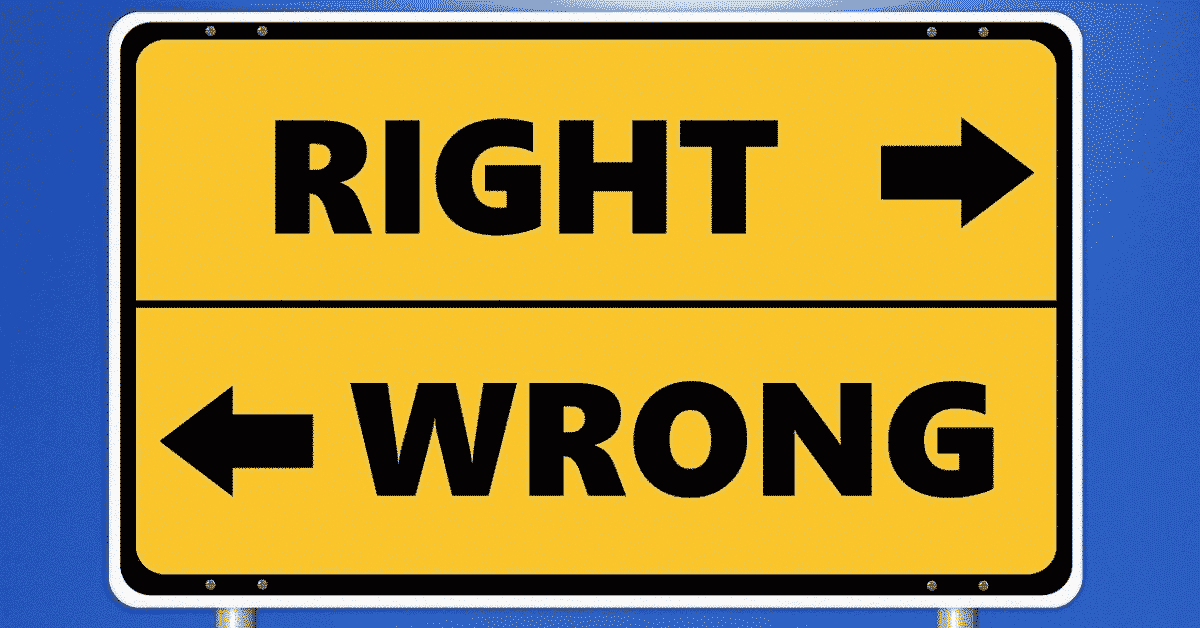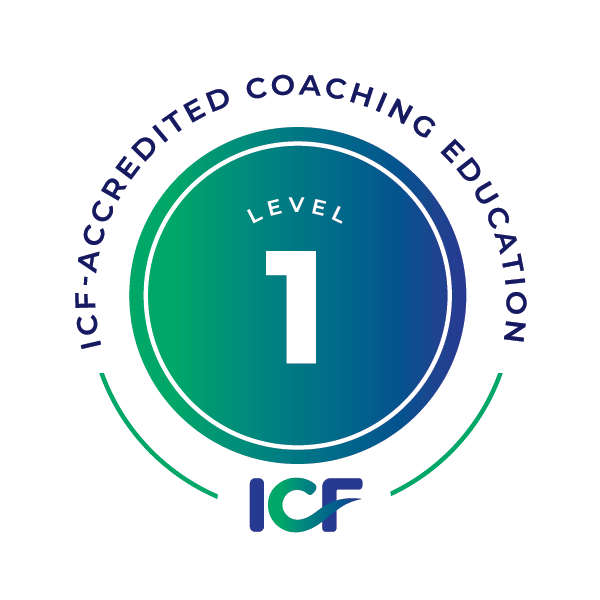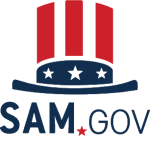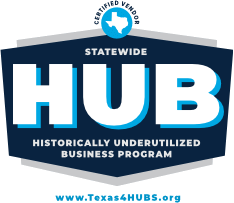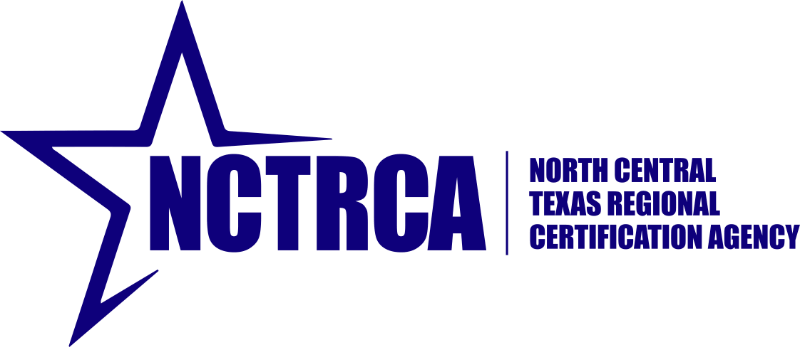The last articles introduced the use of the STORMMES Model© in co-creating the relationship agreement with the client. In this article, we take a closer look at competency 3 Establishes and Maintains Agreements.
This section’s next competency marker helps us understand that every coaching engagement must have a clear plan and goals agreed on by the coach, client, and relevant stakeholders.
- The coach partners with the client and relevant stakeholders to establish an overall coaching plan and goals
(These markers are addressed in the S – Subject, T-Timelines, O-Outcomes, M-Measures, M-Motivation, E-Environment, and S-Start portions of the STORMMES Model©.)
The first consideration to show competency in Establishes and Maintains Agreements is who the relevant stakeholders are in the coaching engagement? There may be no other relevant stakeholders for a client who engages and hires the coach individually and self-pays. However, this is not for the coach to decide in isolation. There should be a discussion with the client regarding who might be relevant stakeholders to the coaching engagement and who might be stakeholders for job success but not relevant to the coaching engagement. These relevant stakeholders may or may not be active participants in the coaching sessions or made privy to progress, as outlined by the coach and client’s agreement.
For clients who engage and hire the coach with business funds, the goals may be for the individual being coached. Still, the organization or part of the organization might be considered relevant stakeholders to the coaching engagement, often due to the client’s agreement with the business organization providing the funds.
For companies who hire the coach on behalf of the client, there are usually one or more relevant stakeholders, including the SOW the coach and organization signed. What I have found in my experience is that the company-level SOW is a written agreement outlining all the legal terms and overarching expectations.
As it pertains to relevance, the coach, client and stakeholders may need to determine the coaching plan and goals. In scenarios where the coach is working with an organization as the client, there may be levels of relationship agreement needed. The coach may also need to consider what I call Triangle Agreements ©, which are agreements made between the coach, client, and relevant stakeholders concerning confidentiality, roles, accountability, and any other items that need to be clarified with stakeholders outside the immediate coaching relationship.
Examples:
- The company contracts with a coach to work with multiple organizations, teams, and individuals yet to be determined. There will always be a SOW outlining the engagement and the overarching compelling reason for the coach’s work with the company.
- As the coach engages organizations or departments inside the company, the coach should work with those organizations and departments’ leadership to define the coaching relationship. In my experience, the department level agreement is documented as a coaching plan and includes the goals, measures, outcomes, and includes relevant stakeholder collaboration in creating the plan. Applying the STORMMES Model © at this level and beyond helps provide full clarity of the engagement.
- As the coach engages with teams inside those organizations as clients, there should also be a relationship agreement with each team outlining the specific work they are doing with the coach and who relevant stakeholders may have a say in the goals and outcomes. In my experience, team-level agreements are often documented in a coaching plan to capture their goals, outcomes, and measures and are built collaboratively with the team and coach plus any relevant stakeholder inputs.
- If the coach also works with individuals inside the company, it is necessary to outline a coaching relationship agreement. In my experience, the individual client level agreements are often verbal and may have short documentation of goals, outcomes, and measures. Unless otherwise agreed, these coaching plans are confidential between the coach and client. Triangle Agreements © often apply at this level.
Discover other posts in our ICF Core Competencies Series for deeper insights on key skills and behaviors coaches must develop:
- Ethical Coaching,
- Coaching Mindset,
- Cultural Awareness,
- Coaching Presence,
- Active Listening,
- Self-Awareness,
- and Co-creating Relationship
Contact us today to start your certification journey.

Unlock Your Coaching Potential with Tandem!
Dive into the essence of effective coaching with our exclusive brochure, meticulously crafted to help you master the ICF Core Coaching Competencies.
"*" indicates required fields
About the Author
Cherie Silas, MCC
She has over 20 years of experience as a corporate leader and uses that background to partner with business executives and their leadership teams to identify and solve their most challenging people, process, and business problems in measurable ways.
